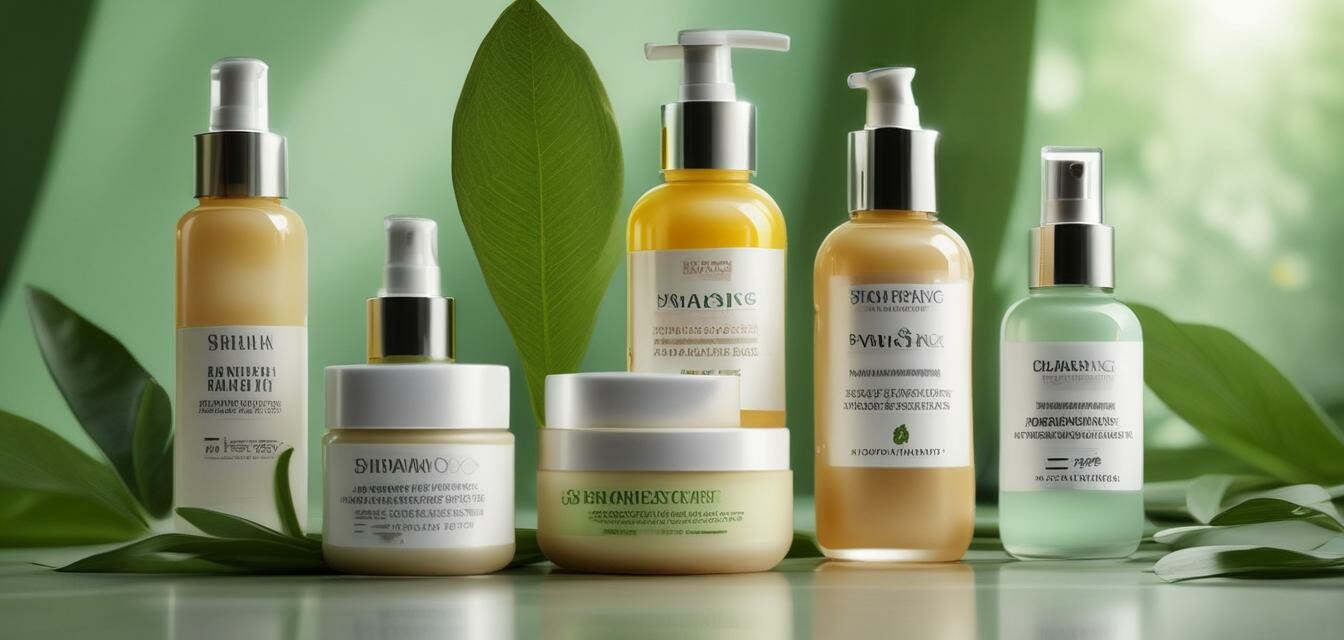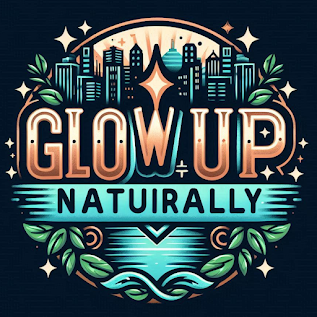
The Future of Clean Beauty: What to Expect in 2025
Key Takeaways
- The clean beauty movement emphasizes transparency and natural ingredients.
- Consumer demand for sustainability is reshaping product development.
- Innovative technologies are being utilized for better formulations.
- Personalization in skincare is on the rise, catering to individual needs.
- Regulatory standards for clean beauty products are becoming stricter.
The clean beauty movement is on the rise, promising a transformative approach to personal care and skincare. As we look ahead to 2025, several trends are emerging that will shape the future of clean beauty. This article dives into the key elements to watch for, highlighting innovative concepts and consumer demands driving the industry forward.
Emerging trends in clean beauty
1. Transparency in ingredients
Consumers are increasingly demanding clarity when it comes to the products they use. In 2025, brands that prioritize ingredient transparency will have a significant advantage.
| Trend | Description |
|---|---|
| Ingredient Transparency | Brands will disclose all ingredients, including sourcing and manufacturing processes. |
| Clean Certifications | Look for products that carry recognized clean beauty certifications. |
| Eco-Friendly Packaging | Biodegradable and recyclable packaging will become the norm. |
2. Sustainability as a priority
Sustainability is not just a trend but a necessary business model. Here are some key aspects:
- Brands will adopt sustainable sourcing practices.
- Innovation in waterless products will reduce environmental impact.
- Investments in eco-friendly supply chains are expected to rise.
Technological advancements
Technology is set to accelerate changes in the clean beauty landscape. Key areas of focus include:
Personalized skincare solutions
With advancements in data analytics and AI, brands will offer more tailored skincare routines, addressing specific skin types and concerns.
Smart formulations
Innovative technologies such as biotechnology will allow for the creation of cleaner and more effective formulations. This means:
- Using lab-grown ingredients to ensure purity and efficacy.
- Enhancing the bioavailability of natural extracts for better absorption.
Regulatory changes
As the clean beauty movement accelerates, regulatory bodies are also taking notice. By 2025, more stringent regulations are anticipated around:
- Ingredient usage and labeling.
- Claims made by brands regarding their products.
- Environmental impact assessments for products and packaging.
Pros
- Enhanced consumer trust through transparency.
- Increased market demand for sustainable products.
- Innovative solutions for personalized skincare.
- Stronger regulatory framework for consumer safety.
Cons
- Higher production costs for brands might lead to increased prices.
- Complexity in keeping up with evolving regulations.
- Potential market oversaturation of “clean” claims.
Conclusion
The future of clean beauty looks promising, driven by the need for transparency, sustainability, and innovative technology. As consumers become more informed and discerning, brands that adapt to these trends will not only thrive but also become influencers in the clean beauty revolution. For those interested in exploring products that align with these values, check out our Body Lotions & Oils and Exfoliators & Masks categories for the latest in natural skincare.
Stay Ahead of the Trends
To keep up with the dynamic landscape of clean beauty, visit our latest trends in organic skincare blog section for more insights and updates as we advance towards 2025.


